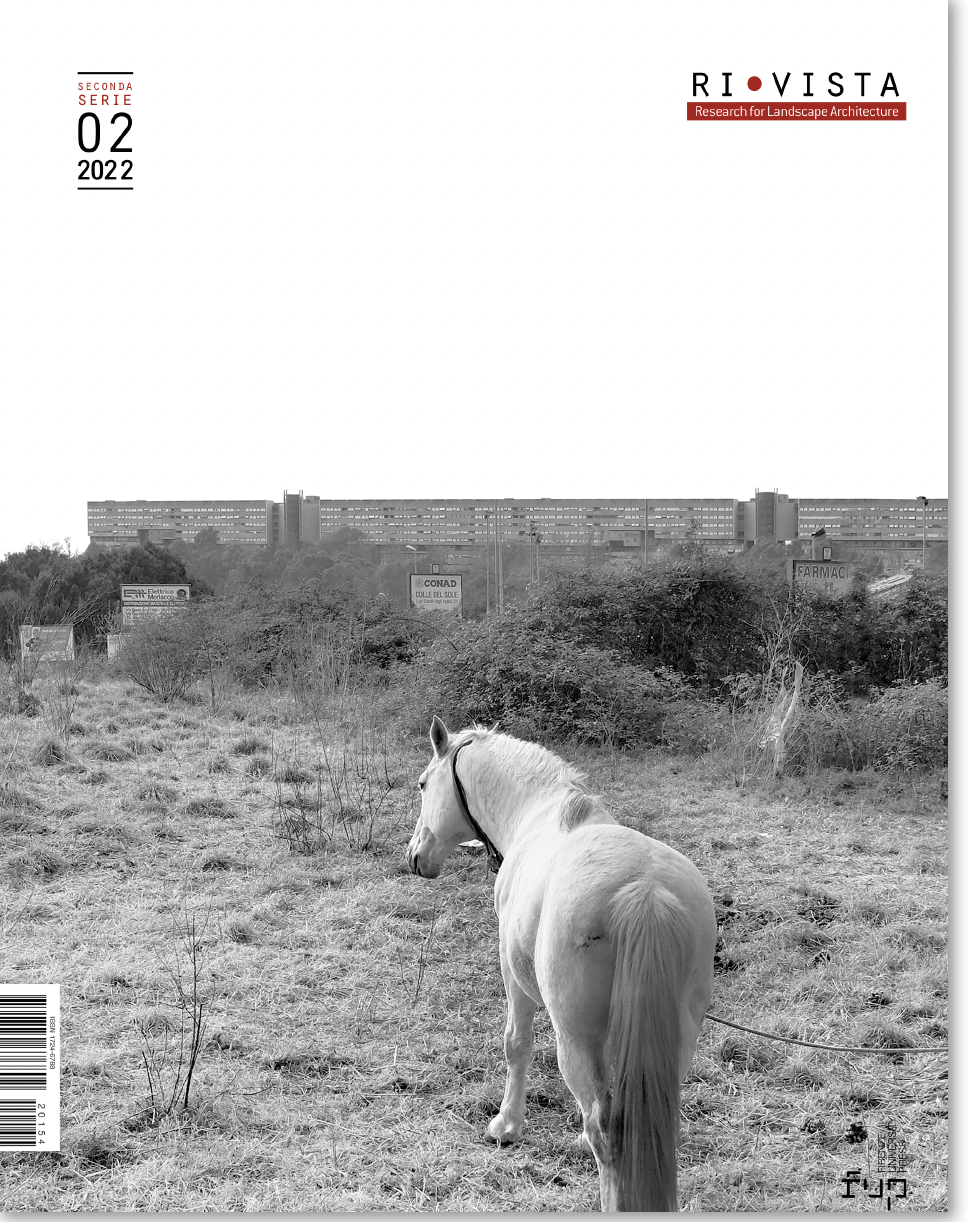Walking also presumes stopping and/or staying at a point or a place where we pause for physical rest and/or for spiritual reasons. Before descending into the Inferno, Dante stands in front of the entrance, needing time to reflect on what could happen, before he continues his journey. Marco Polo lingered in China for years before being able to beginning his return journey. To stay at one point is a vague and abstract category: a point is a one-dimension geographical reference. A point where we halt, rest, or stay becomes a place where we reorient ourselves before we continue our journey.
To stay in a place demands that we measure and quantify distances between and among objects. It helps us to develop social, cultural, and interpersonal relationships and to reflect and ponder. It allows us to develop ideas, theories, desires, dreams, fears concerning where, why, and how to go forward. Italo Calvino, talking about the Invisible Knight, draws a map with two crosses and a connecting line and thus creates one of the most lucid and extraordinary maps of walking and staying. The place, in itself, is a device to evaluate directions, other points or places to reach, and to perceive time present, time past, and time yet to come. Stopping at one place during a journey necessarily has the aim of resuming movement.
Walking and staying also allow to observe and understand landscapes and feel them under our feet, over our skin, and in our ears, nose, and eyes. Appreciating landscapes and the passages through them can give rise to artistic expressions or narrative accounts, as in Robert Walser’s The Walk, Henry David Thoureu’s Walking, or Bruce Chatwin’s The Songlines. Passing through landscapes appreciatively also can give rise to more specialized literature like Jan Gehl’s How to Study Public Life.
Landscape design determines forms and directions to explore and appreciate landscapes. Trails, promenades, walks, pathways, routes, bike paths, greenways have been designed to guide us through natural and human-made landscapes and reveal their values. Railroads have been converted to walking paths. Ancient roads have been repurposed to welcome new wanderers. Trails have been designed to create opportunities for alternative developments, as with the famous Appalachian Trail by Benton MacKaye, which has been described as “a project for development” to “draw people out of the cities” (1921, JAIA). Walking and staying generate infinite games of relationships and references in the landscapes in which we walk and linger. The decisions and indecisions, choices and randomness we experience o!er opportunities for solitude and companionship, for isolation and encounters.
The call for paper is open to landscape architects, designers, urban planners, artists, historians, and others – scholars and practitioners – who want to explore or give sense to “walking for staying, stopping for restarting.” We seek to interpret the landscape as a space for passage and reformation; to understand spatial relationships among points, spaces, places, thresholds, and lines; and to explore, understand, observe, and appreciate natural and urban landscapes.
Keywords: line, point, space, time, places, haptic.
Editors: Danilo Palazzo and Valerio Morabito
The call is open until December 31st 2021
Registration and login as Author to the Ri-Vista system is required to submit and follow the status of the submission process online. For all information related to the submission process see: https://oaj.fupress.net/index.php/ri-vista/about/submissions
Click here download the PDF (ita/eng)

